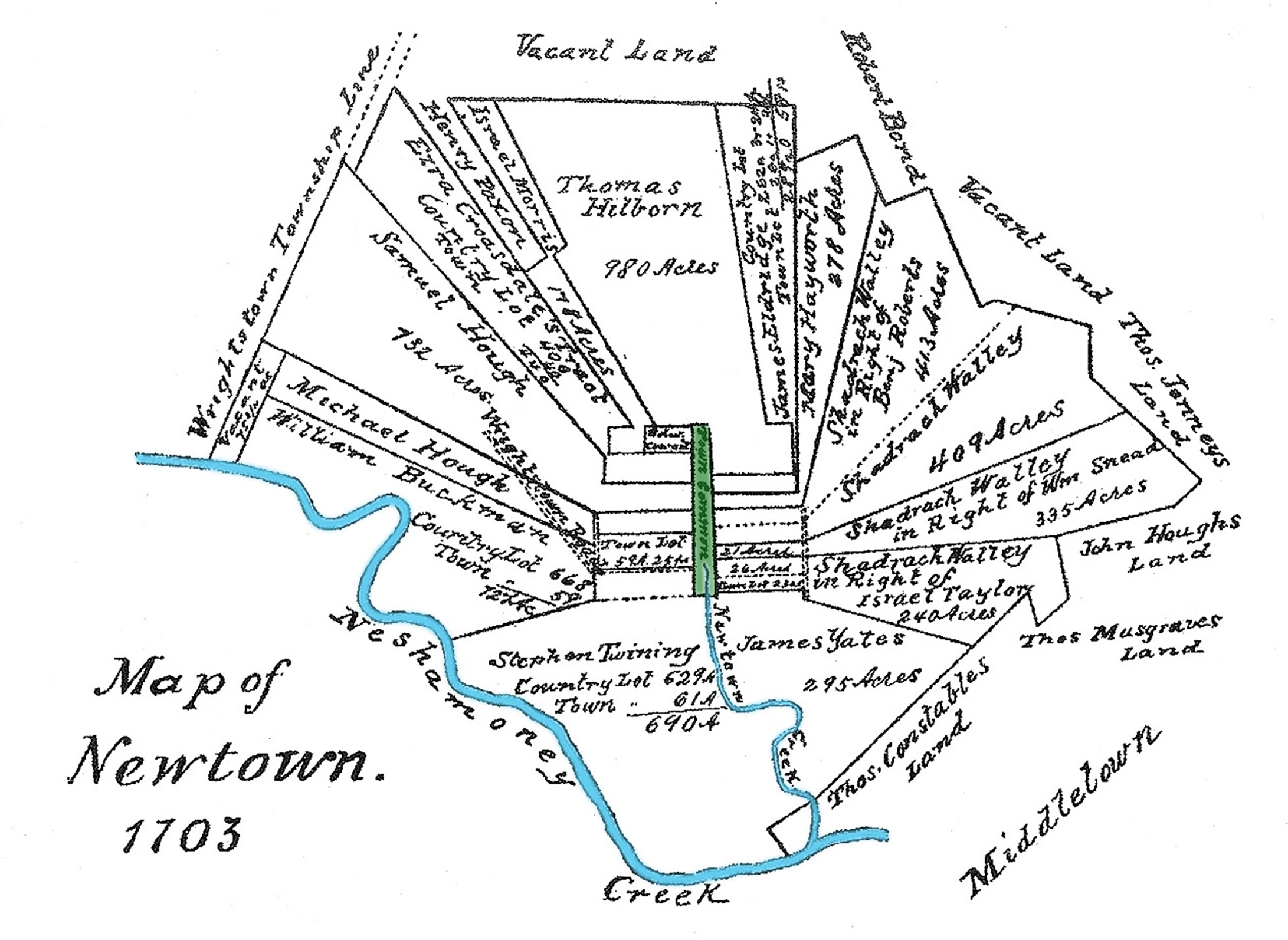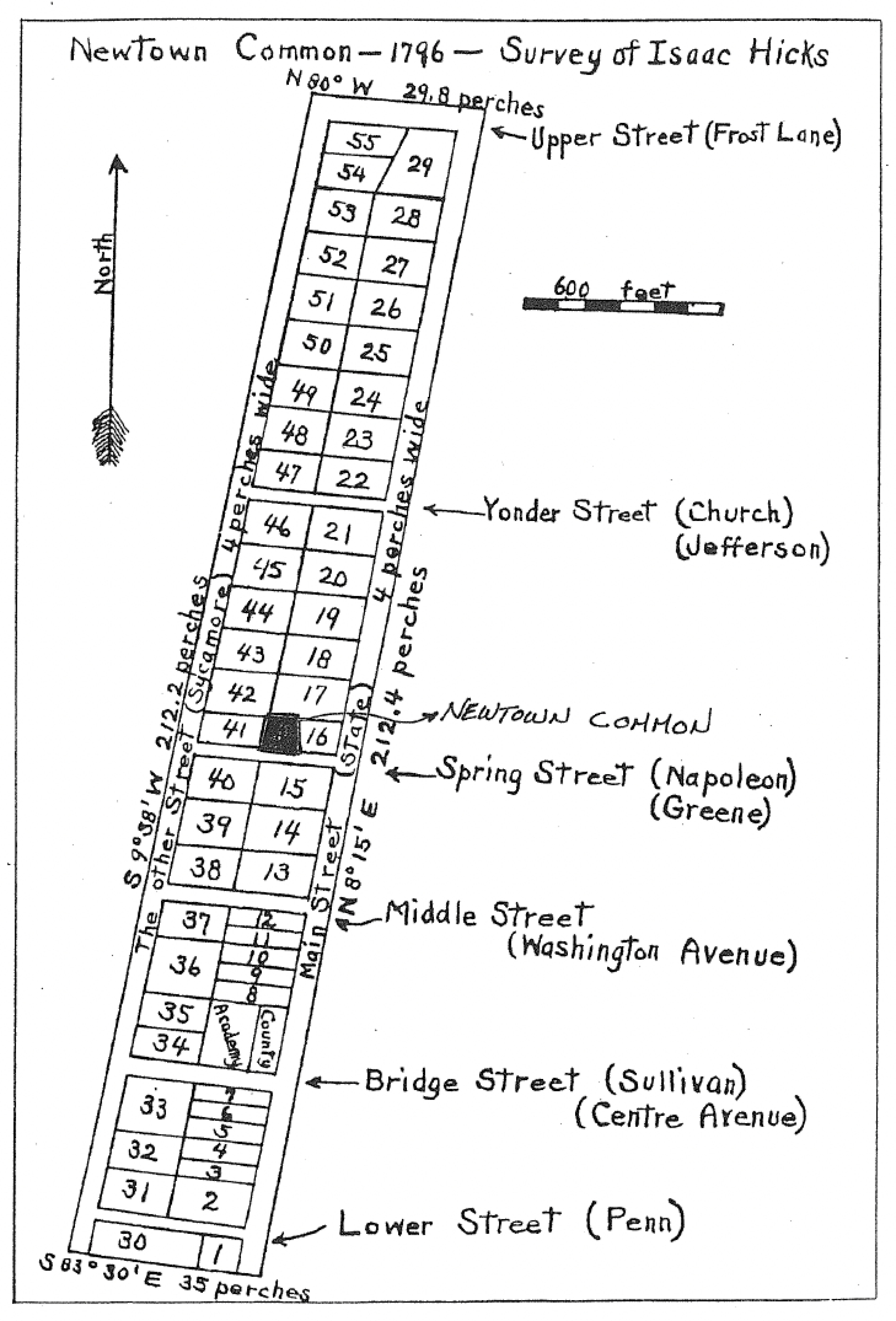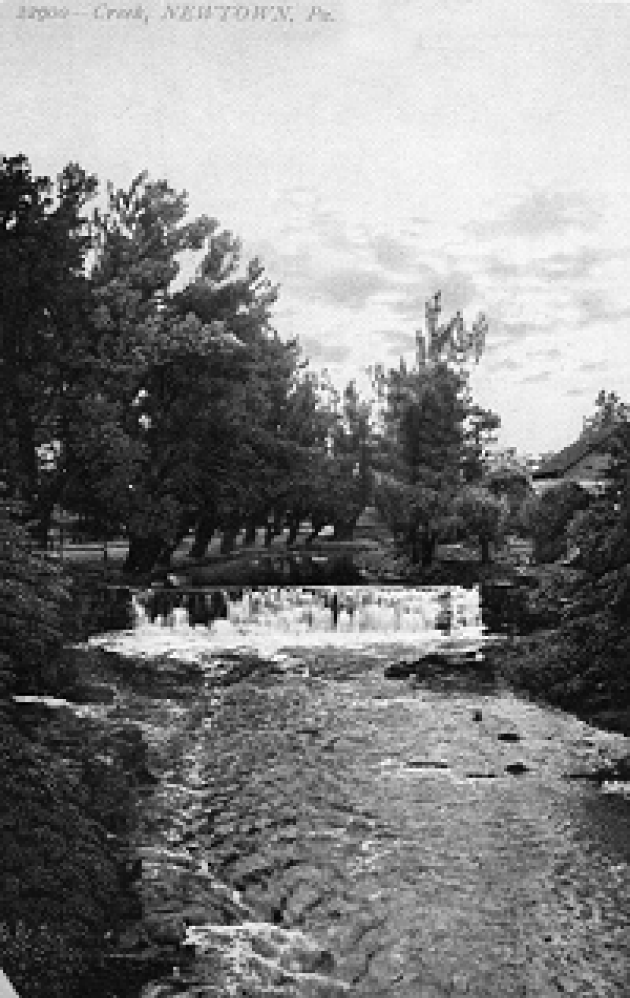
INTRODUCING
The Newtown Creek Coalition
The Newtown Creek Coalition (NCC) was established in 2006 by a group of interested citizens living in the vicinity of Newtown Creek, along with representatives from the governing bodies of Newtown Borough and Newtown Township. Since its inception, the NCC has held regular meetings open to the public, convened special public meetings, conducted research, and organized clean-up events.
The Mission
To improve, protect and preserve Newtown Creek and to encourage appropriate use of this natural and historic resource by the community.
The Creek
- Delaware Riverkeeper Network. River Conservation Plan: Upper and Middle Neshaminy Creek, Bucks County. Delaware Riverkeeper Network, 2003
- EPA. Stream Designation Evaluation Report Water Quality Standards Review: Newtown Creek, Bucks County. April 2004.
- Salas, Dan. Stream Assessment & Recommendations: Newtown Creek, Newtown Township, Bucks County. Delaware Riverkeeper Network, January 2006.
- Newtown Creek Watershed Conservation Plan, December 2011
Newtown Common: A History of Community and Resilience
1682 – 1796
The Common
Newtown Townstead was part of a large tract of land that William Penn purchased from the indigenous Lenape people in 1682. The town was surveyed and subdivided by Thomas Holme, Penn’s surveyor, in accordance with William Penn’s circular town plan. The plan included a central Common of over 40 acres along the Newtown Creek, surrounded by privately held lots. The Common, free for us of all, ran from the southern lots sold to the northern lots and was bounded by straight lot lines. It extended from about 90’ south of Lower Street (currently called Penn Street) to somewhat north of Upper Street (currently called ‘Frost Lane) The plan allowed each landholder to have a town lot and an adjoining farm area as well as easy access to water and grazing lands. During this period woodlands along the creek were cleared to facilitate farming and animal husbandry. Even before the death of William Penn in 1718, efforts were made to purchase some of the common land and to subdivide the common land among the surrounding landowners who eventually served as the trustees of Newtown Common.


Hick’s Survey of the Common Lots subdivision plan of 1796 From Newtown Commons by Norman W. Swayne
1796 – Mid-Twentieth Century
The Common Lots
In 1796 the trustees of the Newtown Common held at least one public sale at which the 57 lots were sold to the highest bidder. Several purchasers reneged on the deeds resulting in the ownership of some parcels being contested well into the 19th century. During this period these lands were occupied predominantly by small town residences and shops. At least one portion of the stream was impounded by a stone dam and diverted into a mill race to turn the wheel of a grist mill at Barclay Street. Maps and documents indicating a foundry, coachworks, agricultural works, and stream impoundments leave little doubt that the section of Newtown Creek that passed through the former Common supported a variety of industrial endeavors during this period. The only part of the original Common that was never sold was located between lot 16 and Newtown Creek at the foot of Greene Street. The remaining public lot, approximately 80’ x 100’ was left open for a public watering place. In 1932, a large, natural boulder inscribed with the story of the Common was placed to commemorate the 250th anniversary of the founding of the town.

1900 postcard image of mill dam on Newtown Creek
Mid-Twentieth Century – Present
Suburban Development
Since the mid-20th century, a boom in residential and retail land development has led to increased development in the sparsely-populated farming lands that surrounded the original settlement area. New roads, parking lots, signage, utilities, and public facilities along the creek have affected the landscape character and water quality greatly. Land development and management practices have replaced the historically cultivated fields, woodlots, and hedgerows with lawns, landscaped roadways, and parking areas. The burgeoning white-tail deer population and invasive exotic plant species have also served to change the character and ecology of the areas surrounding the creek.
Working to Protect & Restore a Vital Resource
Secured grant funding from the PA Department of Conservation and Natural Resources (DCNR) and assisted with the completion the 2011 Newtown Creek Watershed Conservation Plan
Secured grant funding from DCNR and the Bucks County Municipalities Open Space Program and managed the construction of the Newtown Common and Creek Restoration Project, completed in 2018. The project received the 2019 Governor’s Award for Environmental Excellence.
Currently, the NCC is working with both municipalities to develop a plan and apply for funding for the Newtown Creek Pedestrian Bridge spanning Newtown Creek from Frost Lane to Durham Road.
